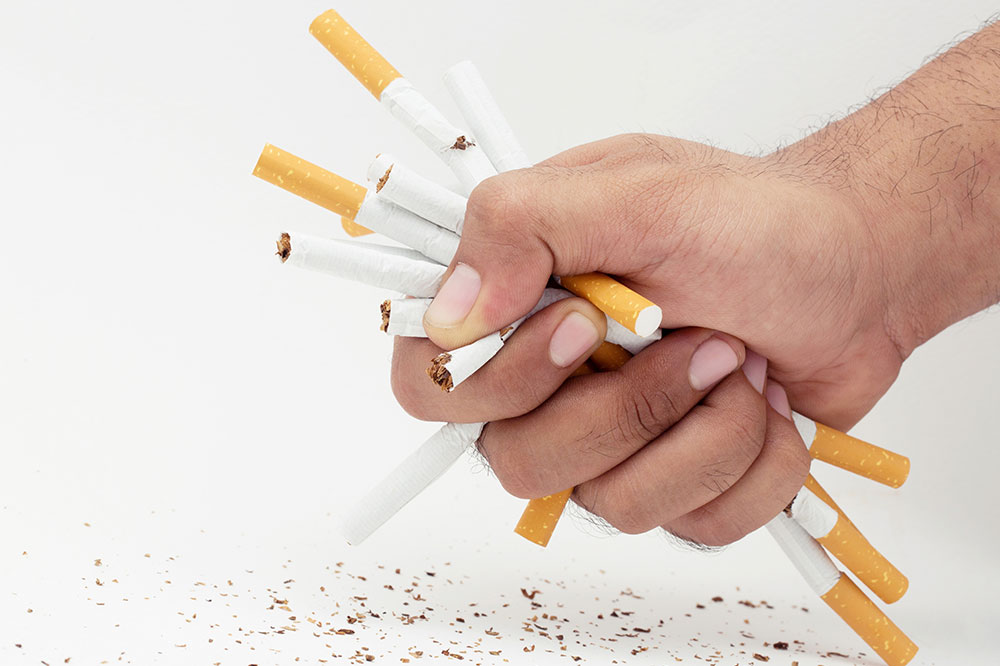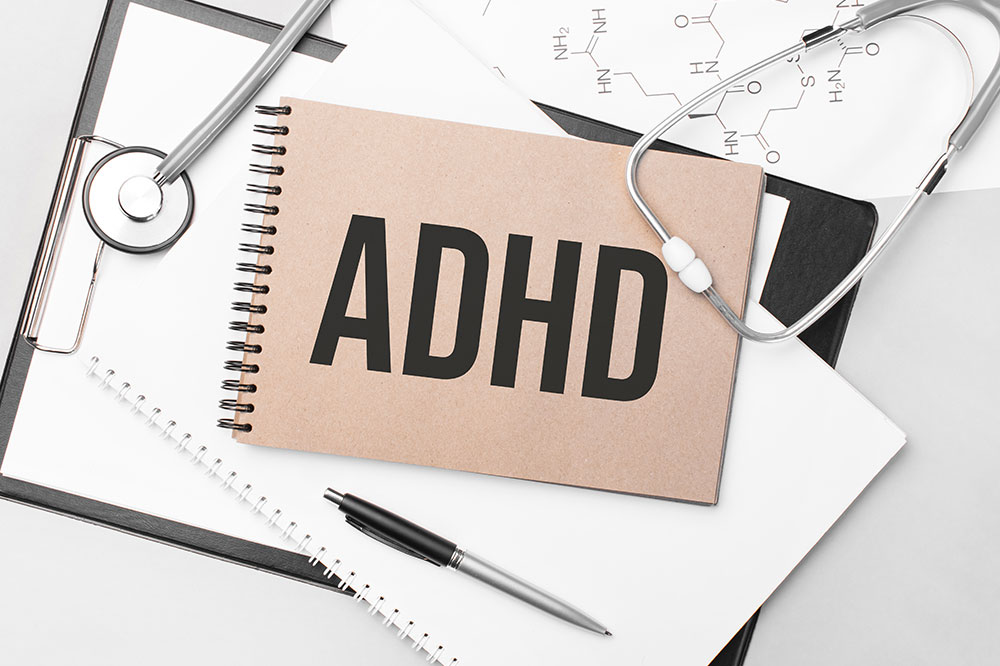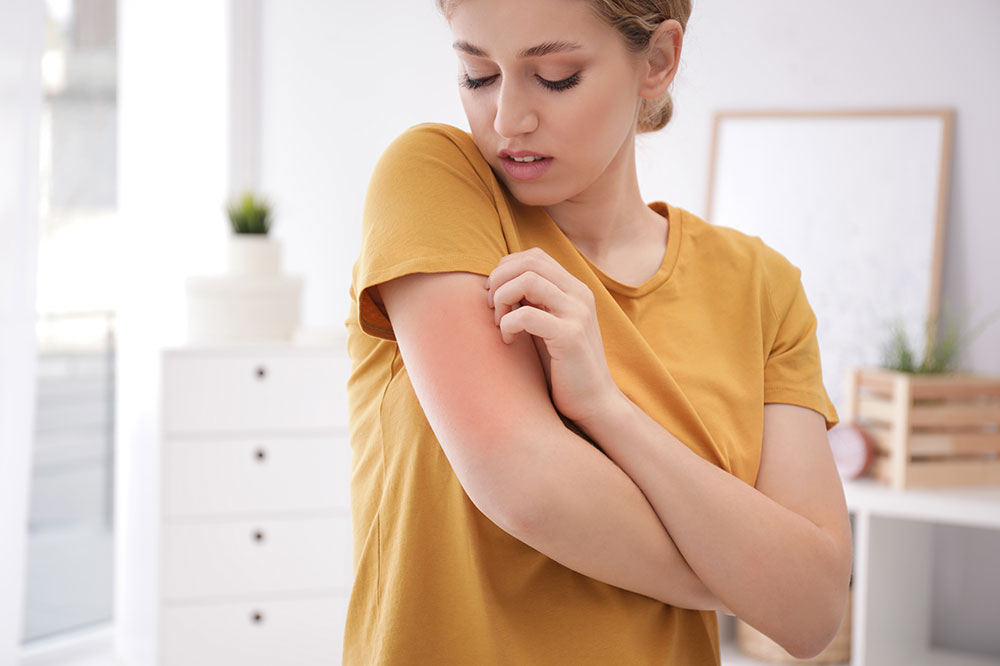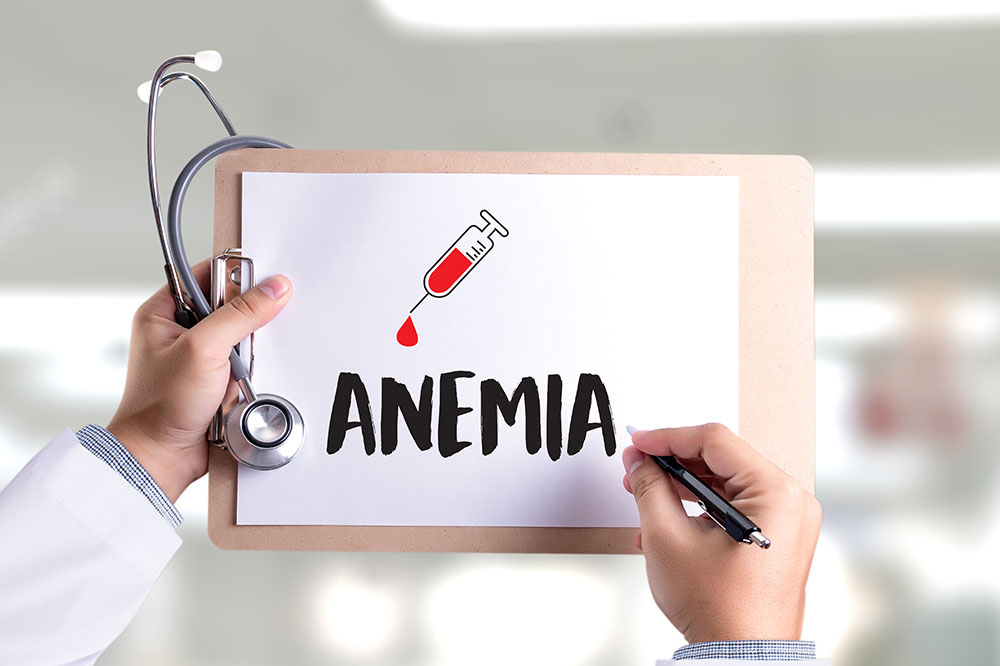Stages, diagnosis, and prevention of addiction

There are three terms that one can relate to addiction – reward, motivation, and memory. Addiction is when the body craves a behavior or substance in an obsessive pursuit of a reward. The person will have little concern about the consequences of the particular behavior or substance.
Things to note in case of addiction
Some of the attributes that one can relate with addiction include an inability to stay away from the substance, lack of self-control, an outrageous desire for the substance or behavior, ignorance towards the problems that the behavior might be causing, and a growing tendency to ignore the emotional response.
Addictions have been known to interfere with daily life and there are also cases of relapse and remission. The complications of addiction can be physical, emotional, as well as financial.
Stages of addiction
There are five main stages of addiction. These include:
- Experimentation
Every addiction starts with experimentation and during this stage, one cannot understand that this is the beginning of an addiction. One cannot be sure that this will turn into something serious, and hence no necessary steps are taken at this stage. A simple way to find out how this will turn into addiction is understanding the reason for experimenting and how often a person experiments with new substances. - Regular use
This is the stage where substance abuse or behavior will form a part of the daily life of an individual. The regular use will slowly begin to become a reason to worry and with periodic stops, a person might start using the substance or exhibiting the behavior again. - Risky use
Risky is a subjective term and this is where the problem lies with this stage of addiction. An individual who is addicted to a substance might not see the risks. However, another person might see the change in behavior and that’s where one knows that this stage has arrived. - Dependence
Both the mind as well as the body get addicted to the substance. There are obvious and dangerous behavioral changes in a person and substance treatment options become mandatory at this stage. - Addiction
This is the final stage and a person requires professional help to get rid of the addiction.
Diagnosis of addiction
The first step of diagnosis is a suggestion from a family or friend, or the addicted person himself. This can sometimes turn tricky and may require intervention from a group of friends or family persons. A visit to the doctor will be followed by different questions about frequency, impact on social life, and day-to-day activity. There might also be questions about withdrawal symptoms. There will be a physical examination that will determine whether medical treatment is required.
Prevention of addiction
Prevention is easier at the early stages, rather than later in the cycle. If you want to prevent addiction, you must delay the first use, whether it is substance abuse or behavioral addiction. In terms of substances, one must not use them before an age when the brain has not fully matured.
Apart from this, in the case of teenagers, other factors must be avoided. These include substance given by a caregiver to a child. childhood trauma, and a lack of social attachment. If any of these traits are observed, one must be treated specially and cautiously to avoid the onset of addiction.






